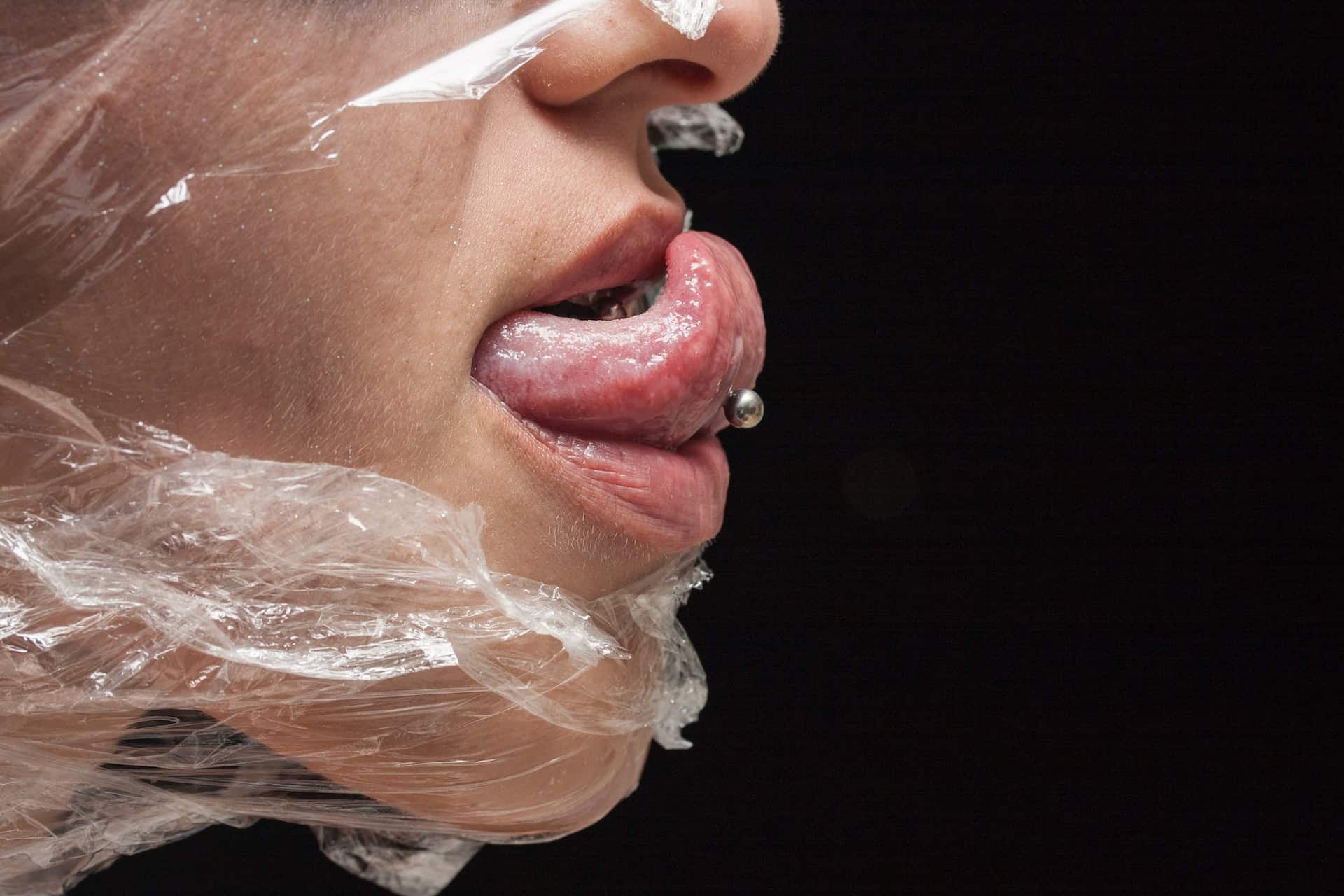Hot hands have a shelf life of up to five years but still can be used after the expiry date if stored correctly.
Hot hands do expire. Most of them have a shelf life of about four to five years, and the expiry date is given on their packet.
On the other hand, once you open the packaging and use the hot hand, you can expect it to last about 10 to 12 hours, depending on the brand.

Do Hand Warmers Work After they Expire?
With proper storage, most hand warmers can warm you even after expiration.
However, you may see a drop in performance; for example, the warmer may take more time to heat or may not heat as much as an unexpired product.
Despite hand warmers still performing after expiration, it is always good to carry an unexpired hot hand for every expired hand warmer you have, especially during long treks or travels.
First, you should try using the expired hand warmer, and if the heat doesn’t satisfy you, open the new packet.
Making Your Hand Warmer Last Longer
Storing your hand warmer correctly is the only way to make it last longer. And to understand this, you will need to know how hot hands work.
How it Works
A little science stuff here.
One of the constituents of hot hands is iron, which oxidizes every time it comes in contact with oxygen, generating heat.
And when all of the iron oxidizes, no more heat can be produced, making the warmer stop working altogether.
Storing Your Hand Warmer
Even when not in use, the hot hand’s packet will lose a little bit of iron even if there’s limited exposure to air.
Hence, to make your hand warmer and last longer, everything you need to do is cut off all its contact with oxygen. Do it by storing it in a tightly sealed ziplock bag.
Additional Tip: Before putting your hot hands in the ziplock bag, squeeze the bag so that any existing oxygen inside the bag can escape.
Check out this YouTube video for a review on Hot Hands hand warmers
Are Expired Hot Hands Safe to Use?
Expired hand warmers are as safe as unexpired ones.
None of the materials used to make hot hands deteriorate when not used for long.
But again, it pays to be a little more careful about the safety guidelines when using warmers that have exceeded their shelf life:
Keep Away From Your Skin
Hot hands have been designed to create a lot of heat. Thus, they may cause burns when in direct contact with the skin.
On the other hand, even if they don’t burn, the materials used in the hot hands can cause skin conditions such as rashes and allergies.
Don’t Put Hot Hands in the Same Pocket As Your Phone
Exposing your phone to high temperatures could be catastrophic. Especially when it comes to expired warm hands, sometimes, the iron can oxidize inconsistently, creating very high heat at times.
The inconsistent burning wouldn’t matter for your body since you will be warm anyway. But for electronic devices, even a second or more of extreme heat can be enough to damage them or even cause them to catch fire.
Pack in the Right Way
One of the best things about hot hands is that they are safe to carry around while traveling and are even allowed by the Federal Aviation Administration inside the luggage.
However, you should always place your hot hand inside an airtight ziplock pouch before putting it in your travel bag. Also, don’t keep them in the same pocket with any flammable material.
How Do Hot Hands Last So Long
It’s just the nature of the product.
Hot hands consist of materials including iron powder, water, activated charcoal, salt, and a type of fiber.
As said before, it only starts generating heat when the iron powder reacts with oxygen. Other materials in the product simply amplify the heat generated by the iron.
When you don’t open the hot hands, the iron doesn’t have any oxygen to work with. Additionally, all the other constituents of hot hands don’t get damaged in the absence of air.
Hence, as hot hands are packaged and stored in a way they don’t come in contact with oxygen, they can last very long.
Can HotHands Be Reactivated?
Hot hands that use iron powder can’t be reactivated since once the iron burns, and there is nothing left for combustion.
On the other hand, some brands sell reusable hot hands containing a supersaturated sodium acetate solution that can reactivate them.
Is there a Way to Reuse HotHands?
For this, let us understand how reusable hot hands work.
Hot Hands consist of tiny metal strips and supersaturated sodium acetate solution, i.e., a solution where more sodium acetate has been dissolved in water than the amount required to create the solution.
And as you bend the metal, its molecules move towards the solution, crystalizing the sodium acetate. This releases heat, and once all the sodium acetate finishes, the hot hands stop working.
To reuse the hot hands, you will need to bring the crystallized sodium acetate back to its solution form. Simply boil the packet in water for about 10 to 15 minutes.
FAQs Related to Do Hot Hands Expire
Can Hot Hands Be Charged?
In recent times, USB hand warmers with rechargeable batteries are becoming popular, which provide warmth with the help of an electrical heating element. Based on the power output, they are environmentally friendly and work for about 7-8 hours after every charge.
However, USB hand warmers only offer limited heat due to safety concerns.
How Can I Dispose of Hot Hands?
Since no harmful chemicals are left in the hot hands after all the iron powder has oxidized, you can safely dispose of it in a regular garbage can.
Do Hot Hands Release Carbon Monoxide?
Air-activated hand warmers don’t release any significant carbon monoxide during normal use. On the other hand, you will need to be careful around liquid-filled hand warmers, as they release tiny traces of carbon monoxide and carbon dioxide.





